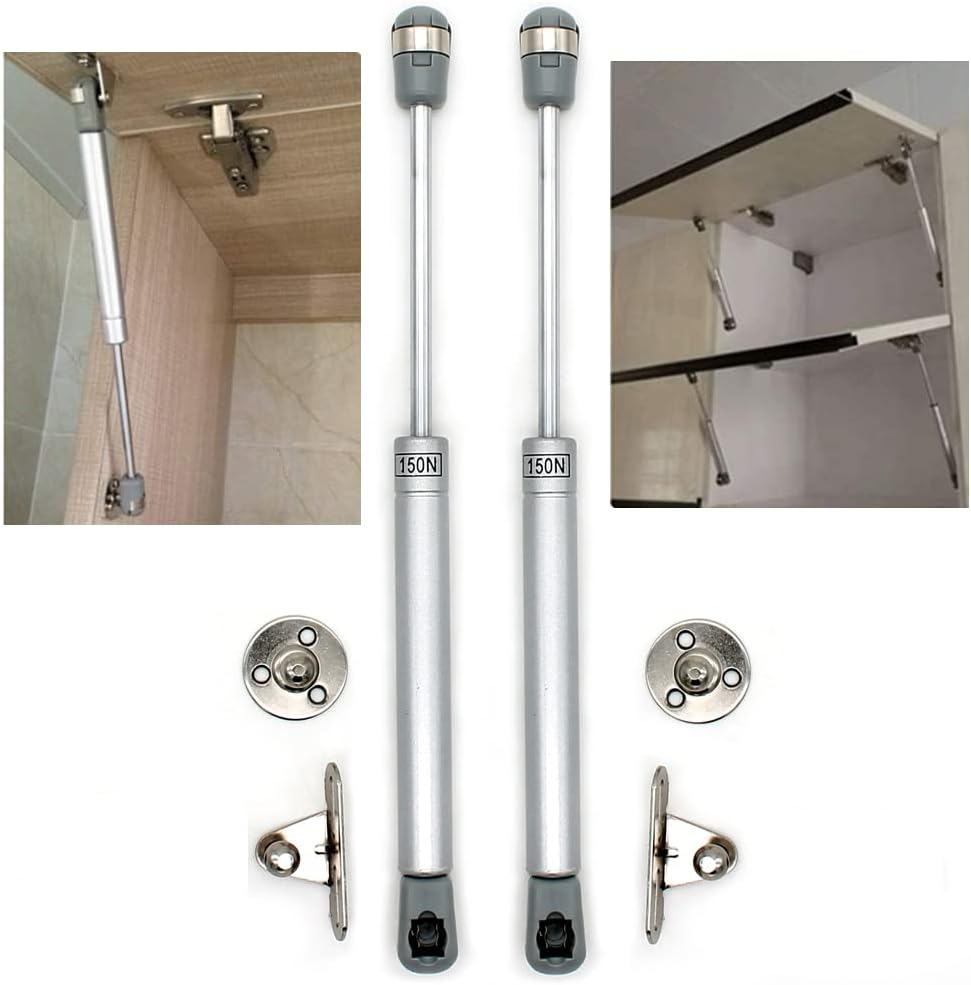








The Ultimate Guide to Gas Struts and Their Installation: Everything You Need to Know
Gas struts, also known as gas springs or lifts, play a crucial role in several applications, from kitchen cabinets to toy boxes. This comprehensive guide aims to provide you with detailed insights into gas struts, including their workings, installation, and selection criteria.
What Are Gas Struts?
Gas struts are devices filled with gas, typically nitrogen, that assist in lifting and lowering lids, doors, or other weighted components. When you apply force to these components, the gas inside the strut compresses, allowing it to extend or retract smoothly, providing support and ensuring safe operation.
How Do Gas Struts Work?
Gas struts consist of a piston rod that moves within a sealed chamber filled with gas. When the rod is pushed or pulled, it creates pressure that either extends or retracts the strut. The performance of a gas strut is determined by its pressure rating, usually measured in Newtons (N) or pounds (lb).
Why Install Gas Struts?
Gas struts offer several advantages:
- Enhanced Safety: They prevent heavy lids or doors from crashing down unexpectedly.
- Ease of Use: Gas struts make it easier to open and close heavy objects, reducing the required effort.
- Versatility: Suitable for various applications, including cabinets, vehicles, and furniture.
Choosing the Right Gas Strut
What Size Strut Do You Need?
Before purchasing gas struts, it’s vital to determine the appropriate size and strength. Follow these guidelines:
- For cabinet doors under 600 mm (23.6 inches) in width, a single gas strut is sufficient.
- For wider cabinet doors over 600 mm (23.6 inches), use two gas struts for an even distribution of weight.
How Do Weight and Length Affect Strut Selection?
Weight: The weight of the cabinet door or lid impacts the required strut strength. Always consult the manufacturer’s specifications to find the appropriate gas strut that can handle the weight.
Length: Measure the distance between the mounting points (hole center to hole center). Configuration varies, but a typical length could be around 9-11/16 inches. Always double-check dimensions to avoid miscalculations.
Installation Guidelines for Gas Struts
Step-by-Step Installation Process
-
Gather Tools: Ensure you have the necessary tools, including a drill, screws, and a measuring tape.
-
Positioning: Identify the correct mounting position on the cabinet or lid. Ensure the strut is mounted in a downward position for optimal performance. This positioning reduces friction and enhances damping quality.
-
Mark and Drill: Mark the holes for screws, drill them, and securely attach the gas struts.
- Avoid Rotation: Be cautious while adjusting the direction of the joint. Only turn it to the right to avoid damaging the strut.
Installation Mistakes to Avoid
-
Ignoring Recommendations: Always follow the manufacturer’s guidelines regarding size and mounting. Incorrect installation can lead to malfunction.
- Overloading: Do not exceed the weight limit specified for each gas strut. Using struts that are too weak may bend hinges, causing damage.
Maintenance Tips for Longevity
To keep your gas struts functioning correctly:
- Regular Inspection: Check for wear, gas leaks, or signs of damage.
- Cleanliness: Keep the mounting points clean and free from debris to ensure smooth operation.
Pros and Cons of Gas Struts
Pros
- Efficient Performance: Provide a smooth opening and closing action.
- Durability: Built to last, gas struts can endure heavy usage without failing.
- Low Maintenance: Minimal upkeep is required if installed correctly.
Cons
- Cost: High-quality gas struts can be somewhat expensive.
- Installation Requirement: Improper installation can lead to failure and may require a professional’s assistance.
Common Applications of Gas Struts
Gas struts are versatile and can be used in various scenarios, including:
- Kitchen Cabinet Doors: Assisting in the operation of heavy overhead cabinets.
- RVs and Vans: Enhancing accessibility of storage compartments.
- Display Tables and Cabinets: Allowing easy visibility and access to items stored within.
Conclusion
Gas struts are an essential component for anyone looking to improve the functionality and safety of cabinet doors or lids in various applications. By carefully selecting and installing the right gas strut, you ensure a seamless operation that enhances both usability and safety. Follow this guide to make informed decisions about your gas strut needs, and enjoy the convenience they bring to your daily routines.
FAQs
1. How do I know if I need a gas strut or a standard hinge?
Gas struts are more suitable for heavier lids or doors that require controlled movement, whereas standard hinges work better for lighter applications.
2. Can gas struts be repaired?
Typically, gas struts cannot be repaired. If they malfunction, it’s recommended to replace them.
3. What is the lifespan of a gas strut?
Gas struts can last anywhere from 5 to 10 years, depending on usage and environmental conditions.
4. How do I maintain my gas struts?
Regularly check for gas leaks and clean the mounting points to ensure optimal performance.
5. Are gas struts weather-resistant?
Most gas struts are designed to withstand normal weather conditions. However, exposure to extreme conditions may affect their performance over time. Choose struts rated for outdoor use if necessary.

